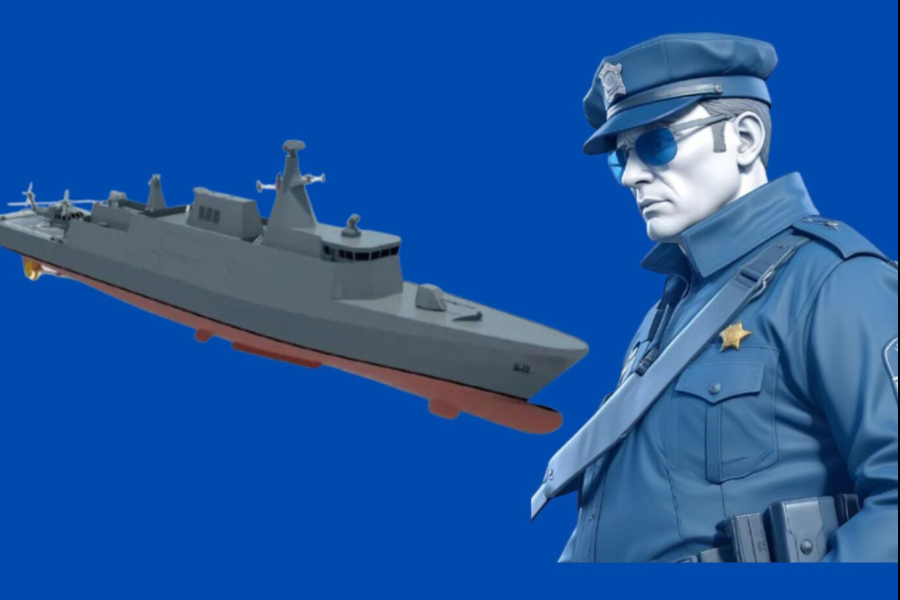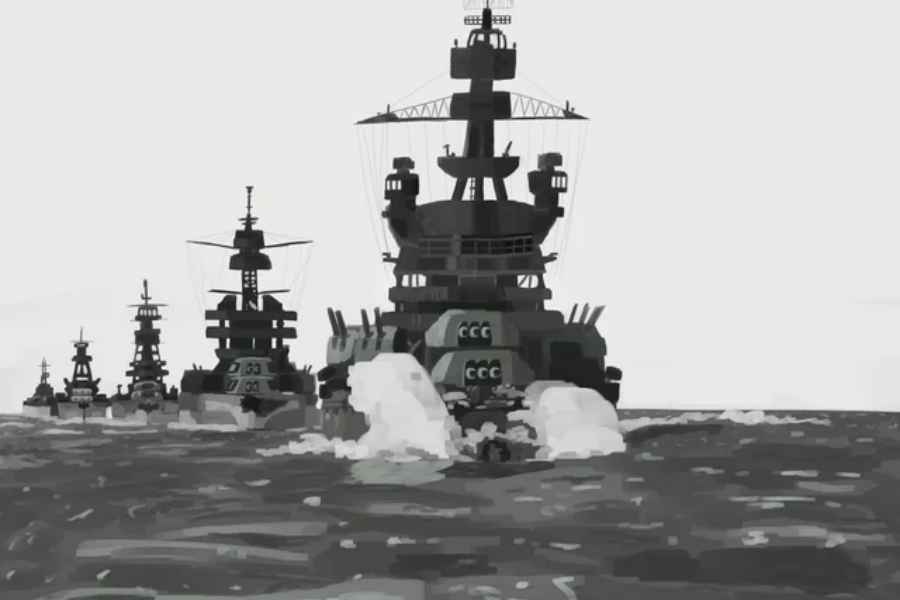Introduction
Army Drawing 81-3-35 and QEL Navy Drawing 1386-1 hold substantial importance in military engineering, serving as essential technical documents that standardize equipment across different branches of the armed forces. By adhering to these comprehensive drawings, engineers and manufacturers ensure that military equipment meets stringent quality control standards, thus minimizing discrepancies and maintaining optimal functionality during crucial missions.
In-Depth Look at Army Drawing 81-3-35
Army Drawing 81-3-35 provides detailed specifications on dimensions, materials, and assembly processes necessary for producing military-grade equipment. It acts as a guide for engineers and manufacturers, helping them create uniform tools and devices tailored for Army operations. The precision detailed in these drawings is critical for constructing equipment capable of enduring the rigorous demands of field environments, thus enhancing the reliability and durability of the final products.
This drawing includes specifications on physical dimensions, tolerances, and finishes, all of which are vital for ensuring military equipment operates effectively in extreme conditions. Such detailed guidelines help prevent deviations during manufacturing, serving as an important reference for quality control checks throughout the production process.
The Importance of QEL Navy Drawing 1386-1
Similarly, QEL Navy Drawing 1386-1 outlines the technical standards required for producing naval equipment that can withstand the unique challenges of maritime environments. This drawing encompasses mechanical and technical specifications crucial for ensuring long-lasting performance, especially in conditions characterized by saltwater exposure, strong winds, and continuous operational demands.
Additionally, QEL Navy Drawing 1386-1 features electrical schematics and hydraulic system specifications, ensuring that all equipment integrates seamlessly on naval vessels. Each detail plays a vital role in guaranteeing the proper functioning of various systems, thereby preventing potential failures at sea.
Harmonizing Military Standards
Although designed for different branches, Army Drawing 81-3-35 and QEL Navy Drawing 1386-1 complement each other by standardizing military equipment. This interoperability facilitates the interchangeability of parts between the Army and Navy, which is particularly crucial during joint operations where multiple branches work together. By using standardized components, military units can efficiently replace or repair equipment during missions, mitigating compatibility concerns.
Such collaboration enhances operational readiness and ensures that equipment adheres to the same high standards, regardless of the branch. This not only simplifies logistics but also promotes effective resource management across the military.
Manufacturing Guidelines Based on Military Drawings
The production of military equipment is a highly controlled process that demands precision. Manufacturers rely on Army Drawing 81-3-35 and QEL Navy Drawing 1386-1 as their primary references throughout the production lifecycle. These drawings serve as blueprints for the design, assembly, and testing phases, ensuring compliance with military specifications.
Factories that manufacture military hardware depend heavily on these detailed drawings to guarantee consistency, accuracy, and reliability. Any deviation from these specifications could lead to equipment malfunctions, which can pose significant risks in operational scenarios. Consequently, strict adherence to these guidelines during production is mandatory.
Upholding Military Standards
Ensuring compliance with military specifications is essential for the safety and effectiveness of equipment. Army Drawing 81-3-35 and QEL Navy Drawing 1386-1 provide the necessary framework for manufacturers to meet established safety and performance benchmarks. These drawings guide engineers and contractors, helping to avert costly errors and ensuring reliable performance in demanding conditions.
The detailed nature of these drawings minimizes the chances of miscommunication between engineers, contractors, and military personnel. By following the established specifications, manufacturers can produce equipment that aligns with the military’s high standards, ultimately reducing the need for expensive repairs or replacements in the field.
Quality Assurance Through Military Drawings
One of the primary functions of Army Drawing 81-3-35 and QEL Navy Drawing 1386-1 is to serve as a quality control mechanism. Each phase of production is checked against these drawings to identify and rectify any errors early in the process. This continuous quality assurance helps maintain consistency and ensures that every component meets military standards before deployment. By establishing clear benchmarks, these drawings ensure that all equipment is rigorously tested and validated for performance.
FAQs:
1. What is QEL Navy Drawing 1386-1?
QEL Navy Drawing 1386-1 is a technical document that outlines the specifications, mechanical requirements, and assembly instructions for naval equipment. It serves as a blueprint to ensure that all manufactured equipment meets the rigorous standards necessary for operation in maritime environments.
2. Why is QEL Navy Drawing 1386-1 important?
This drawing is crucial for ensuring the reliability, durability, and performance of equipment used on naval vessels. It helps manufacturers produce parts that can withstand harsh conditions, such as saltwater exposure and high winds, which are common in maritime operations.
3. Who uses QEL Navy Drawing 1386-1?
The drawing is used by engineers, manufacturers, and contractors involved in the production of naval equipment. It serves as a guideline to ensure that all components meet military standards and specifications.
4. How does QEL Navy Drawing 1386-1 contribute to safety?
By providing detailed specifications and guidelines, the drawing helps prevent manufacturing errors that could lead to equipment malfunctions. Ensuring that all parts adhere to these standards enhances the safety and operational readiness of naval vessels.
5. Can QEL Navy Drawing 1386-1 be updated?
Yes, like other military specifications, QEL Navy Drawing 1386-1 can be revised to incorporate new technologies, materials, or methods. Updates ensure that the drawing remains relevant and effective in addressing contemporary challenges in naval operations.
6. How does QEL Navy Drawing 1386-1 interact with other military drawings?
QEL Navy Drawing 1386-1 works in conjunction with other military specifications, such as Army Drawing 81-3-35, to standardize equipment across branches of the armed forces. This interoperability ensures that components can be easily interchanged during joint operations.
Conclusion
QEL Navy Drawing 1386-1 is an essential document in the realm of military engineering, specifically designed to guide the production of naval equipment. Its detailed specifications ensure that all components are built to withstand the unique challenges of maritime environments, enhancing the reliability and operational readiness of naval vessels. By adhering to the standards set forth in this drawing, manufacturers contribute to the safety and effectiveness of military operations. As the needs of the military evolve, updates to these specifications will continue to play a crucial role in maintaining high standards for equipment production and performance. Overall, QEL Navy Drawing 1386-1 exemplifies the commitment to quality and consistency in military engineering, underscoring its significance in supporting successful naval missions.

Leave a Reply